Gallery Director Leads the Charge To Protect Michelangelo’s David, Raising Questions About Freedom of Expression
Cecilie Hollberg, the Galleria dell’Accademia’s director, has led the charge to protect Michelangelo’s David, one of the world’s greatest artistic masterpieces. However, Hollberg’s actions — namely, her legal actions — have raised many questions about one’s right to freedom of expression.
Many have also claimed that Hollberg is going after work that is already in the public domain. Because it’s in the public domain, artistic reproductions of David can be used. However, so far, legal cases have tended to sway in Hollberg’s favor, which has worried some.
The History of David
Michelangelo completed his towering statue, called David, in 1504. Since its inception, the statue has been a mainstay in Florence, Italy. Both Italians and tourists have adored the masterpiece for centuries.

Source: Public Domain/Wikimedia Commons
As it’s also one of the most popular art pieces ever made, most people around the world have seen at least one picture of David. It remains a famous piece of work — and a huge tourist must-see.
A Modern Take on David
In the modern day, there have been many new takes on Michelangelo’s David. Many shops in Florence have benefitted from the popularity of David to make money.
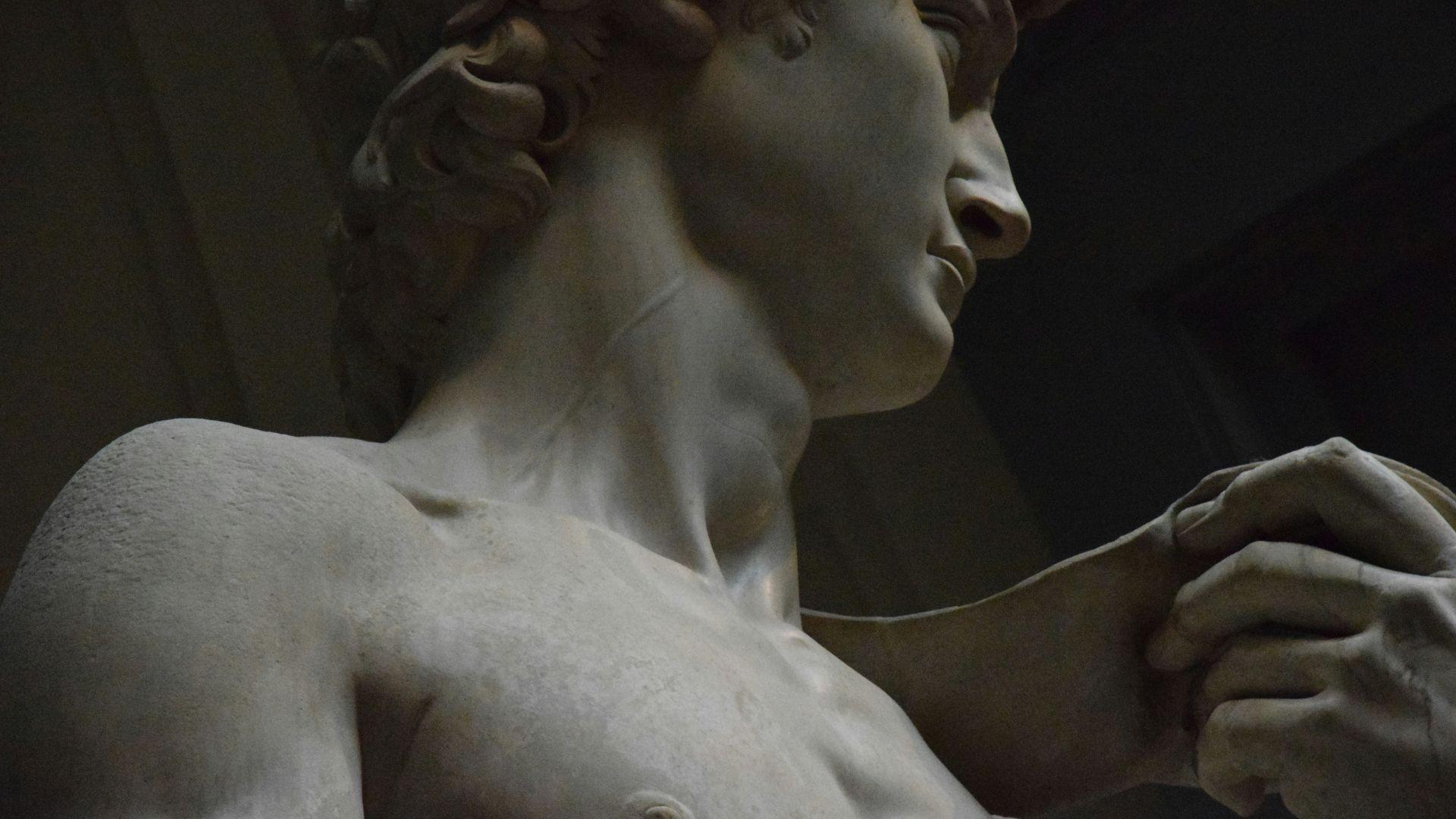
Source: Taylor Smith/Unsplash
As a result, it’s easy to find tourist stores in Italy that have magnets, t-shirts, art prints, and more with David’s face — or other popular parts of its body — on them.
Debasing Images
Since becoming director of the museum that houses Michelangelo’s David, Hollberg has become incensed with the idea that this great piece of work is being debased, with parts of the statue’s intimate body parts becoming souvenirs.
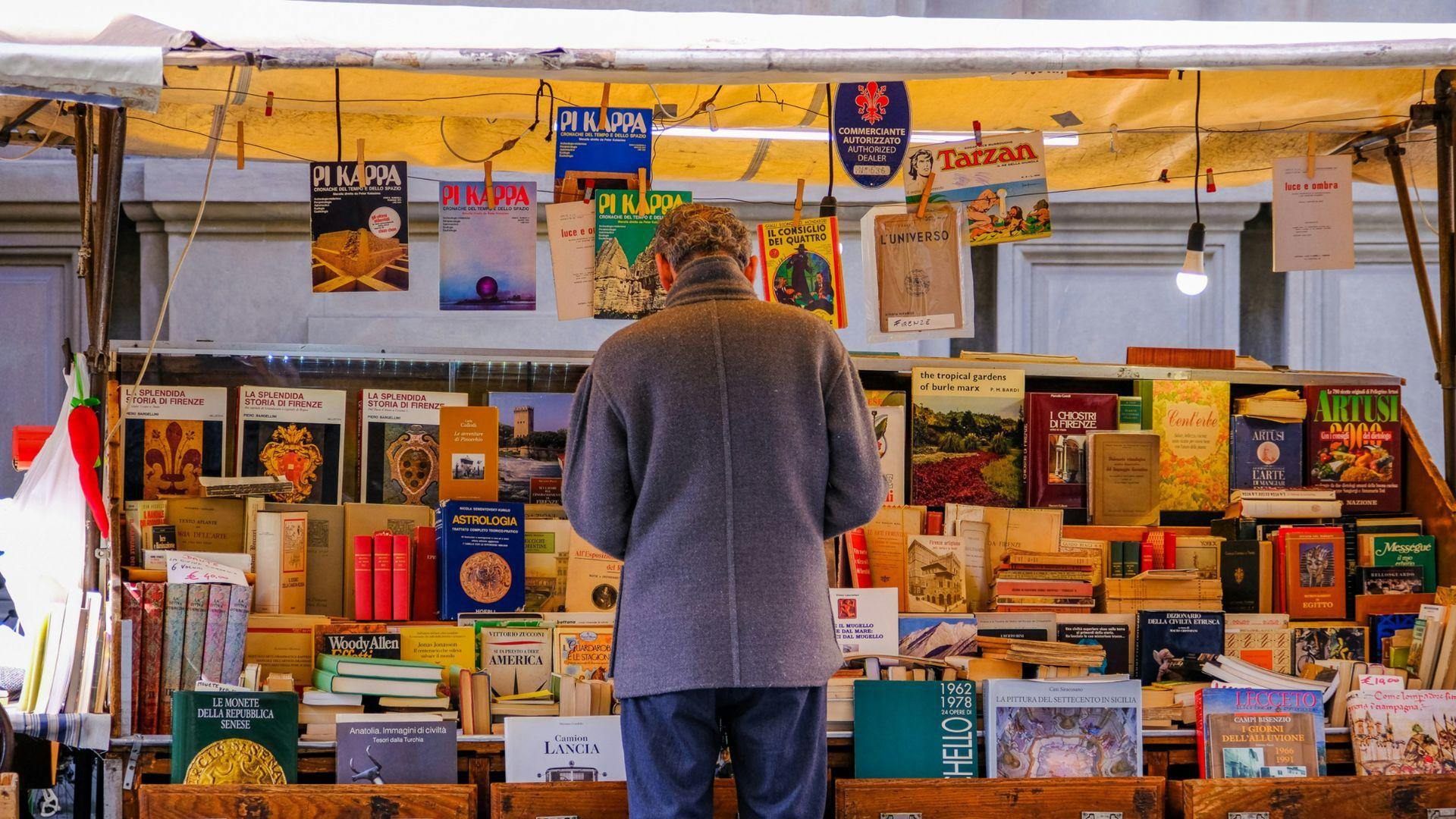
Source: Sarah Sheedy/Unsplash
In the past few years alone, Hollberg has made it her mission to go after those benefiting from David in a “debasing” way.
Italian Court Cases
Since 2017, Hollberg has pushed Florence’s state attorney’s office to pursue various court cases to try to stop this degradation of a masterful piece of work. To successfully do this, the state attorney’s office has invoked Italy’s cultural heritage code.

Source: Antônia Felipe/Unsplash
The country’s cultural heritage code protects the old masterpieces lying in museums and galleries around its hillsides from unauthorized commercial use — or disparaging use.
Successful Wins
So far, it appears that Hollberg’s mission has been incredibly successful. Since her campaign to protect David began in 2017, the Accademia has won a lot of money in damages.
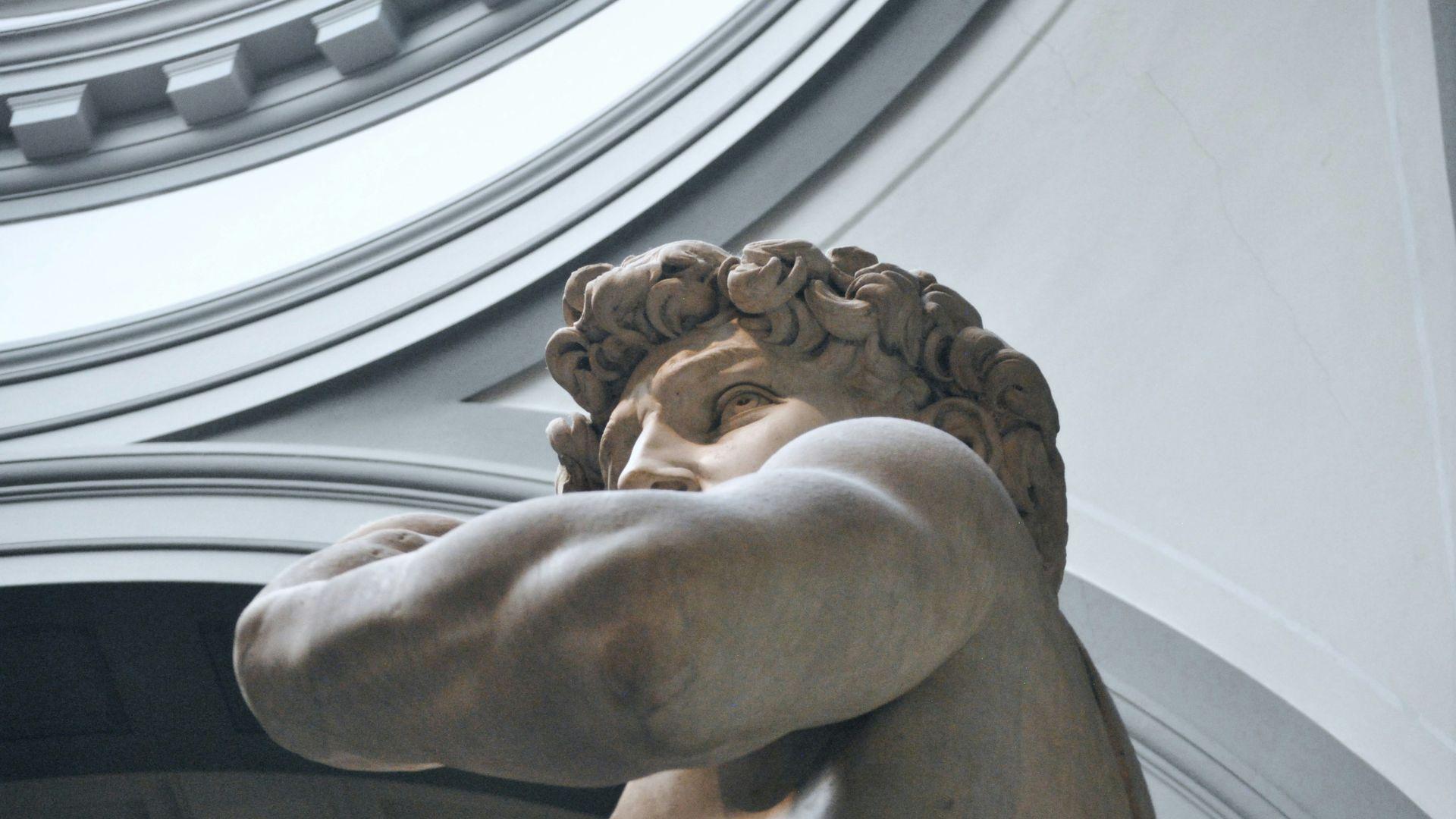
Source: Delia Giandeini/Unsplash
Hollberg herself has claimed they’ve gained hundreds of thousands of euros at the end of these rather successful legal wins.
Hollberg’s Cases
So far, Hollberg has targeted everyone from ticket scalpers to GQ Italia. The director’s first court win came after she went after scalpers selling higher-priced entrance tickets and packages outside the gallery’s front doors. They used an image of David to do so.

Source: Jonathan Körner/Unsplash
When GQ Italia put a model’s face on the statue’s body, Hollberg quickly made things legal. She has also targeted Longchamp, a luxury fashion brand, for featuring David’s intimate body parts on its “Le Pliage” bag.
The Public Domain
Hollberg’s successful court wins and her ongoing crusade to “save” David has made many question one’s rights to freedom of expression. Questions about art in the public domain have also become quite loud.
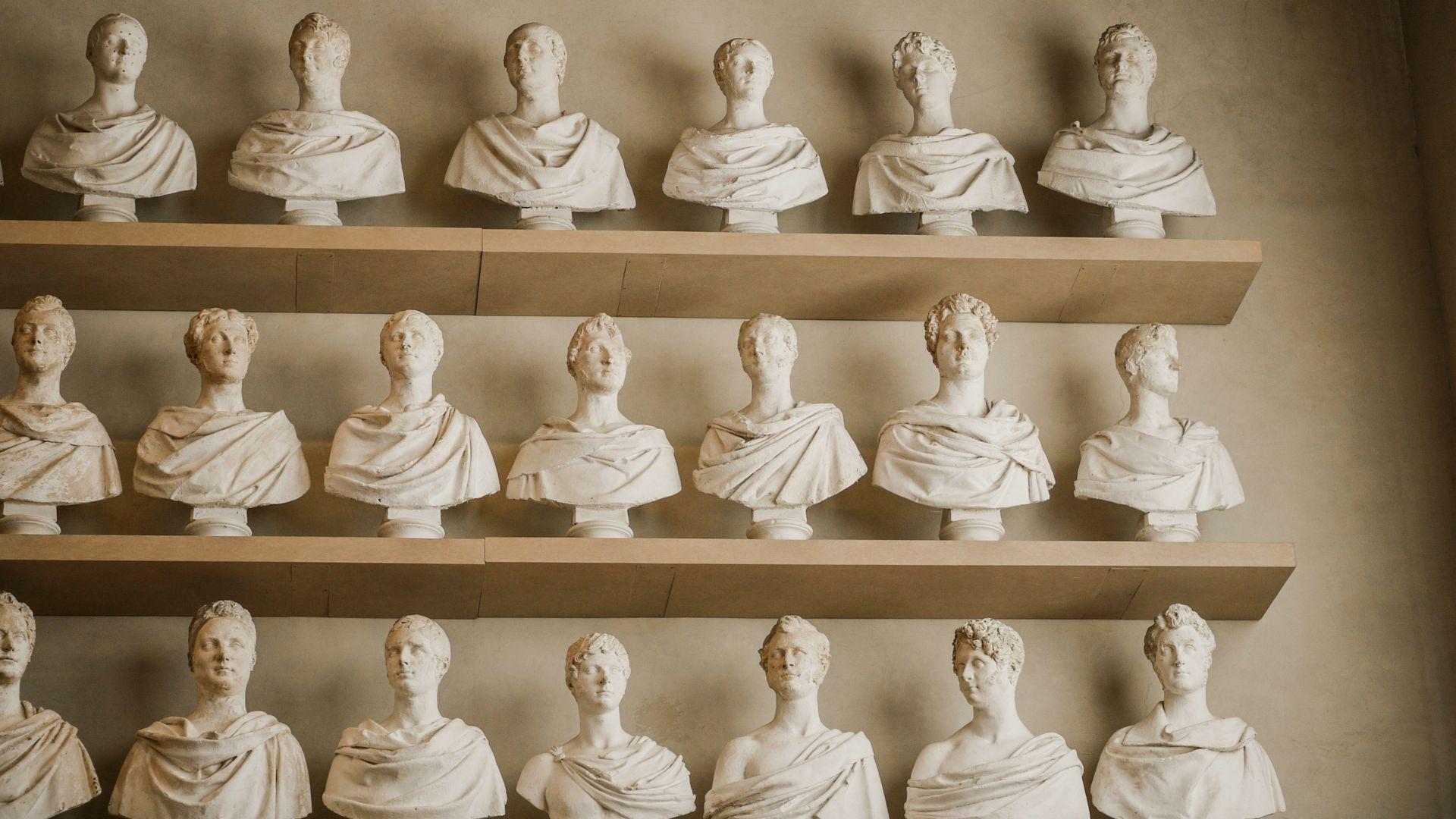
Source: Sarah Elizabeth/Unsplash
After all, intellectual property rights enter the public domain after the artist’s lifetime, plus an additional 70 years. The Berne Convention has expressly stated this — and Italy, alongside 180 countries, has signed this agreement. As Michelangelo died in 1564, all his works should obviously be in the public domain.
Italy’s Cultural Code
However, Italy’s cultural code has seemingly allowed any museum or organization that owns a piece of work to have ownership over its reproduction in commercial use. If this work’s dignity is damaged in commercial use, the museum can then file a lawsuit.

Source: Mark Tegethoff/Unsplash
While Greece adopted a similar code in 2020, many other European nations haven’t even considered it. France, which houses many masterpieces, has already declared that its art is in the public domain.
The Right to Freedom of Expression
Most pressingly, many critics of Hollberg’s recent legal moves have questioned what one’s right to freedom of expression — especially through art — is. Thomas C. Danziger, an art market lawyer in New York, feels that many issues should be raised over these court cases.

Source: Steve Johnson/Unsplash
“It raises not just legal issues, but also philosophical issues. What does cultural patrimony mean? How much of a stranglehold do you want to give institutions over ideas and images that are in the public domain?’’ Danziger asked.
Derivative Art
Many artists have also claimed that so-called derivative artists could be sued by Hollberg and Florence if they used David in a piece of their work.

Source: russn_fckr/Unsplash
“Are you going to prevent artists like Warhol from creating what is a derivative work?’’ Danziger asked. “Many people would view this as a land grab by the Italian courts to control and monetize artworks in the public domain that were never intended to be charged for.”
Commercial Use of David Continues
Even though Hollberg has started many lawsuits — and also won many lawsuits — the use of David-like images in commercial use is still incredibly prevalent in Italy and around the world.
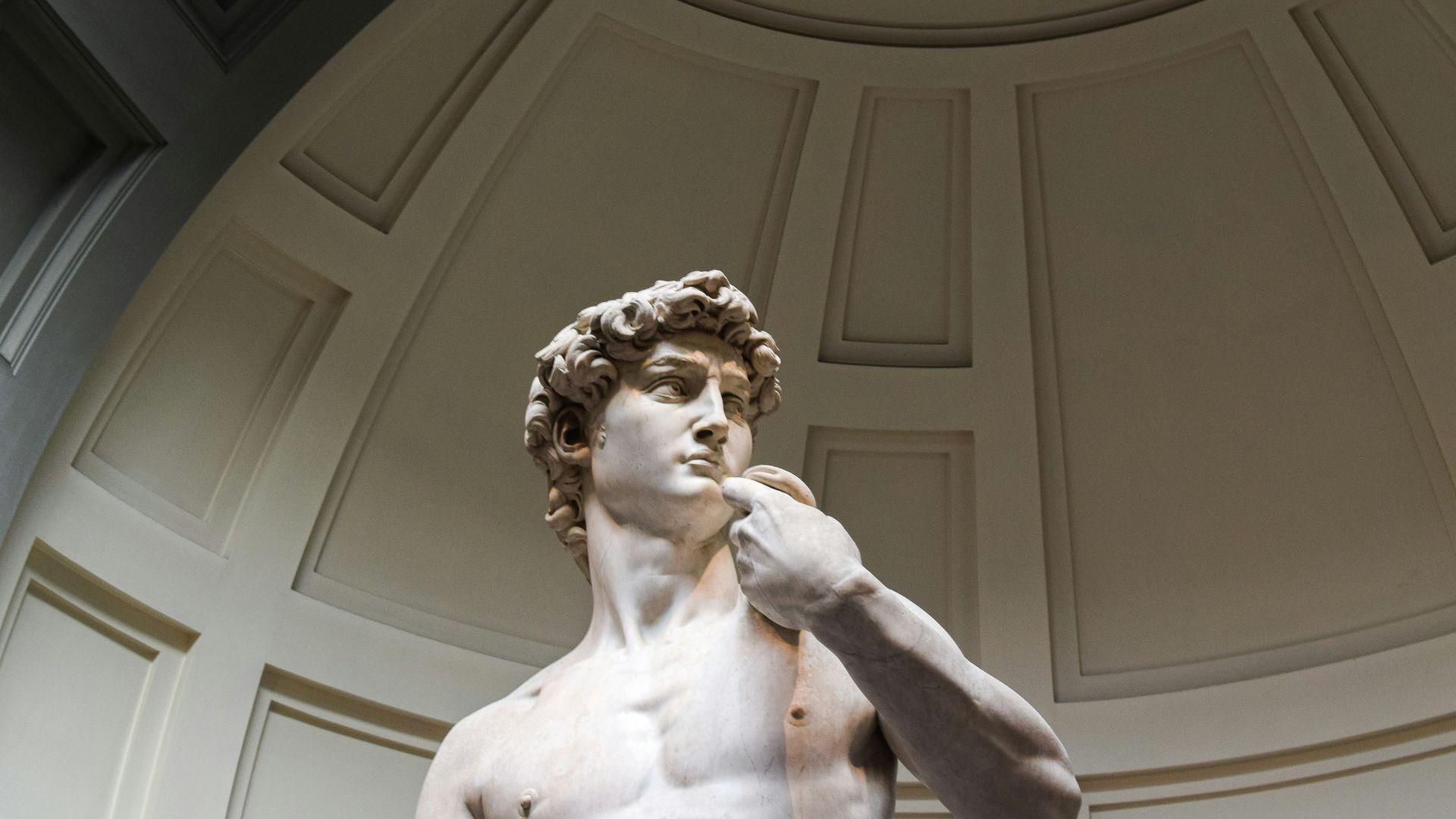
Source: Mateus Campos Felipe/Unsplash
“I am sorry that there is so much ignorance and so little respect in the use of a work that for centuries has been praised for its beauty, for its purity, for its meanings, its symbols, to make products in bad taste, out of plastic,” Hollberg stated.
